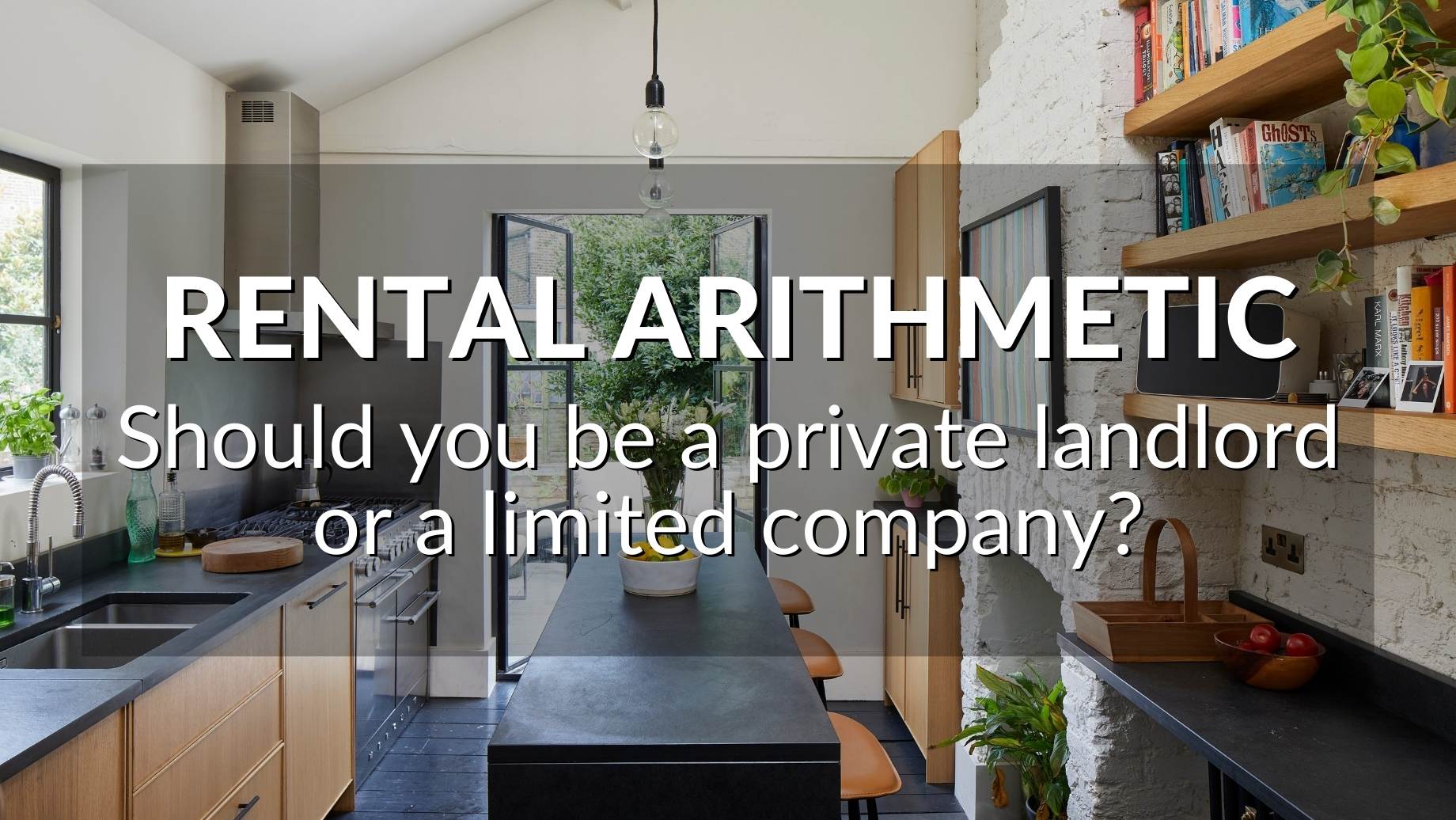
31 Jan RENTAL ARITHMETIC: SHOULD YOU BE A PRIVATE LANDLORD OR A LIMITED COMPANY?
Landlords in Hindhead, Haslemere or Liphook are an essential part of the local rental market – there simply aren’t enough new homes being built and demand from tenants is stronger than ever.
Ever since the Chancellor began phasing out mortgage interest relief in 2017, landlords have been wondering whether it’s still possible to have a profitable buy-to-let business.
It’s a concern for landlords in Hindhead, Haslemere or Liphook as much as anywhere else. Some have chosen to exit the buy-to-let market altogether, while others have decided against expanding their portfolio.
We’d like to reverse that trend by talking about one of the biggest shifts in the property market: landlords switching from owning their buy-to-lets privately to buying them through a limited company.
It isn’t an option that’s right for everyone, and if you only ever intend to own one or two rental homes, you’re probably better off staying as a private landlord. But if you’re a higher-rate taxpayer and you’d like to build a sizeable portfolio, there can be significant advantages to owning your rental homes through a limited company.
So this week’s blog is all about cutting through the noise to see if being a private landlord or owning your buy-to-lets through a limited company is right for you.
BUY-TO-LET MORTGAGES FOR INDIVIDUALS AND LIMITED COMPANIES
The market for buy-to-let mortgages for private landlords is packed with multiple products from almost every high street lender, and some have interest rates that are almost on a par with standard residential mortgages.
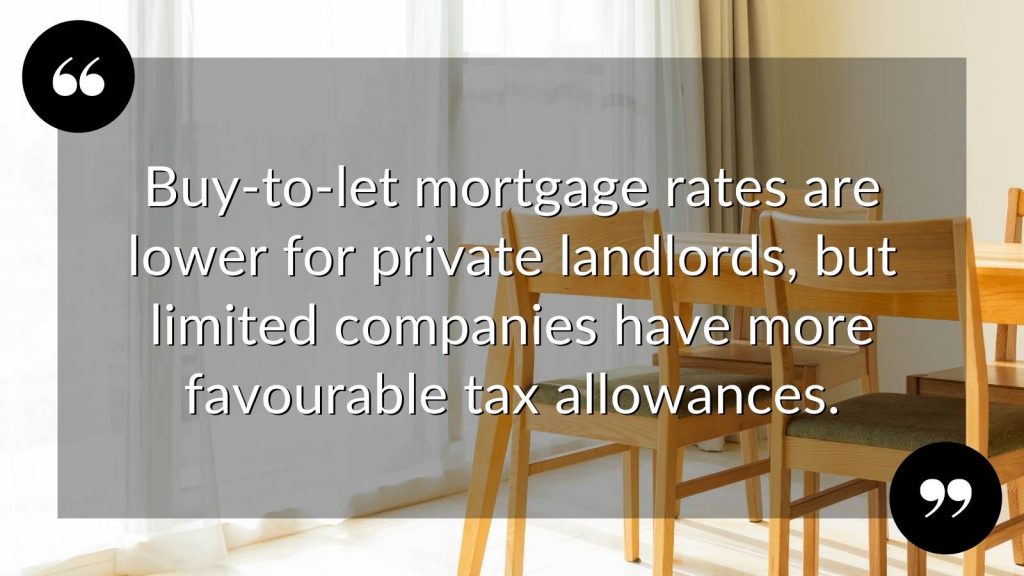
By comparison, buy-to-let mortgages for limited companies are less common. The market is growing as lenders play catch up with landlords setting up limited companies, but rates and fees are still higher.
For example, at the time of writing, fixed-rate buy-to-let mortgages for companies start at around 3% APR, while private landlords can find deals for less than half of that, as low as 1.31% APR.
Buy-to-let mortgages for companies and individuals share the same 75% loan-to-value cap, and variable rates are about the same.
Money.co.uk is an excellent source of information on the latest and best buy-to-let deals for private landlords and limited companies.
ADMINISTRATION & ALLOWANCES
There are differences in the amount of paperwork and tax allowances between owning a buy-to-let as a private landlord and as a limited company. Here’s our roundup of the main distinctions.
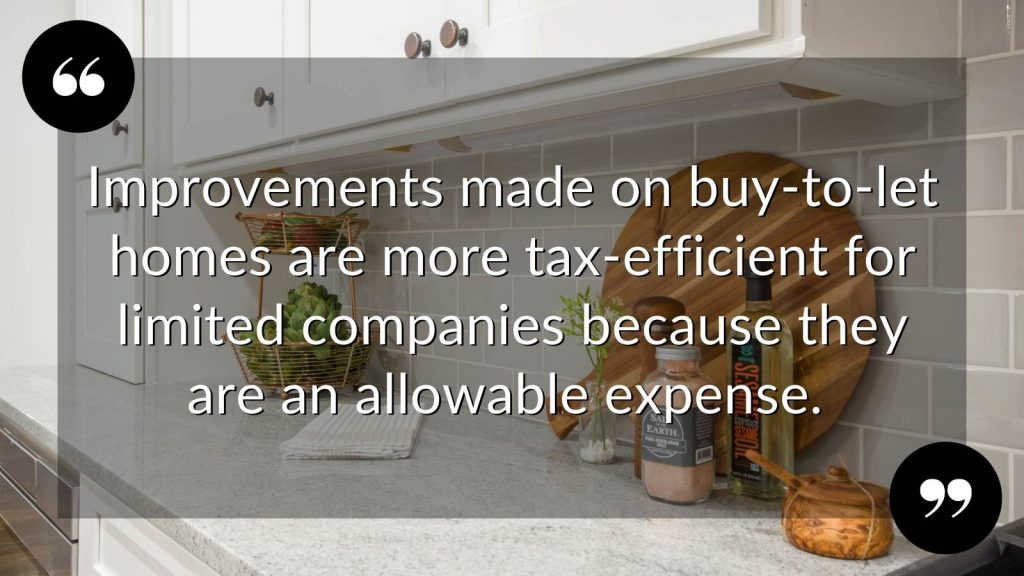
Private landlords
As a private landlord, the level of administration is very low. You simply include the profit from your rental income with your tax return.
However, you are taxed on 100% of your profits each year, regardless of how you intend to use them. The basic rate income tax for 2022/2023 is 20% after the first £12,573 and up to £50,270, but any income above that is taxed at 40%.
Mortgage interest relief for private landlords has now been phased out and replaced by a tax credit. Fixed at the basic income tax rate of 20% of the mortgage interest repayments, the new rules effectively exclude higher rate taxpayers from claiming the credit.
When it comes to carrying out works to their buy-to-lets, private landlords are also limited to claiming back the costs of repairs. Property improvements are not an allowable expense for income tax.
Limited companies
Setting up a company is a very simple procedure. Just log on to the Companies House website, then start the process. It takes less than 15 minutes.
Owning a company does come with extra administration and you’ll need to pay corporation tax on your profits and file annual accounts that are separate from your regular tax return. Of course, you can outsource that work to an accountant.
The real benefits come from allowable expenses, which include mortgage interest relief and making improvements to your property.
Mortgage interest is considered an allowable business expense, which means you can claim for your entire monthly mortgage payment on an interest-only loan.
For profits left rolling up in the company, you’ll only pay corporation tax at 19%. This makes carrying out improvements extremely tax-efficient as well as increasing the value of your portfolio.
You’ll pay personal income tax on any dividends you take, but you can time your payouts to make them more tax-efficient, including spreading them over more than one tax year.
INCOME OR INVESTMENT
There’s no doubt that the buy-to-let market is moving further and further away from short-term yield, and more towards long-term capital growth.

The days of immediate high yields of 10% and more are mostly behind us, particularly with recent tax changes. But rental property is still a sound long-term investment that produces far greater yields than savings accounts. Coupled with capital growth and the security of bricks and mortar, buying to let can be an effective route to a financially-free future.
One obstacle to expanding your portfolio can be the need to find a 25% deposit for each purchase. And paying income tax on 100% of your profits against a background of reduced allowances can leave dwindling returns.
But a limited company can be extremely tax-efficient if you intend to use the profits from your buy-to-lets to expand your portfolio. That corporation tax rate of 19% leaves far more to play with than the higher-rate income tax of 40%.
When you add up the savings on mortgage interest relief, income tax and increased allowances for improvements, it’s not hard to see how much faster your pot for expansion can build, and with less and less needed from your savings.
And as any mortgages are paid off, you’ll have plenty of options to explore with your tax adviser over how to make the most of your portfolio’s income in your retirement, either through share dividends or selling all or part of the company.
PROPERTY SALE & TRANSFER
At first glance, it’s not entirely obvious whether you’re better off as an individual or limited company when selling your buy-to-lets. But as you’ll see, there is one bargaining chip that only companies have.
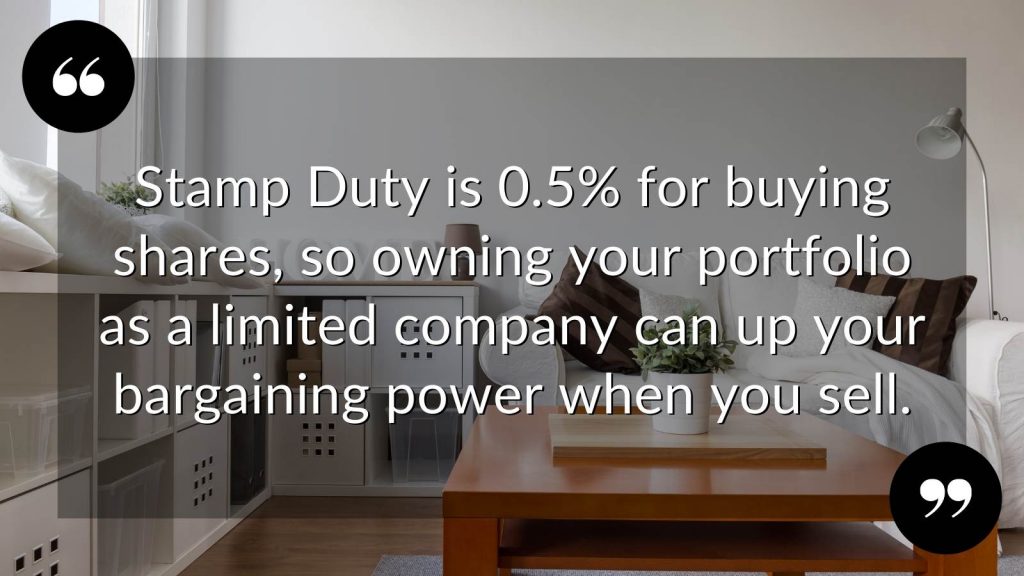
Selling a privately owned buy-to-let immediately attracts Capital Gains Tax (CGT) which is currently 28% for higher-rate taxpayers and 18% for basic rate taxpayers.
Everyone has a tax-free Capital Gains Tax allowance of £12,300, so you only pay CGT on profits above that. But with the gain added to your income for the year, it could push you into a high-rate band for income tax.
Limited companies don’t pay Capital Gains Tax. All their profits, regardless of whether they come from rental income or selling a property, attract corporation tax which is currently 19%.
You can also claim back purchase costs like stamp duty and legal fees along with any capital improvements you’ve made to the property (although a limited company would probably have already claimed against those improvements as they were made).
So far, so unclear.
However, and as made famous fairly recently with Tony & Cherie Blair, purchasing the shares of a company with assets including property attracts Stamp Duty of just 0.5%.
On a sizeable portfolio that could be quite a saving for the buyer, and may give you valuable bargaining power to sell your company and portfolio for a higher price than you might have achieved by selling each property individually.
INHERITANCE PLANNING
An aspect of buy-to-let that rarely gets any attention is inheritance tax.
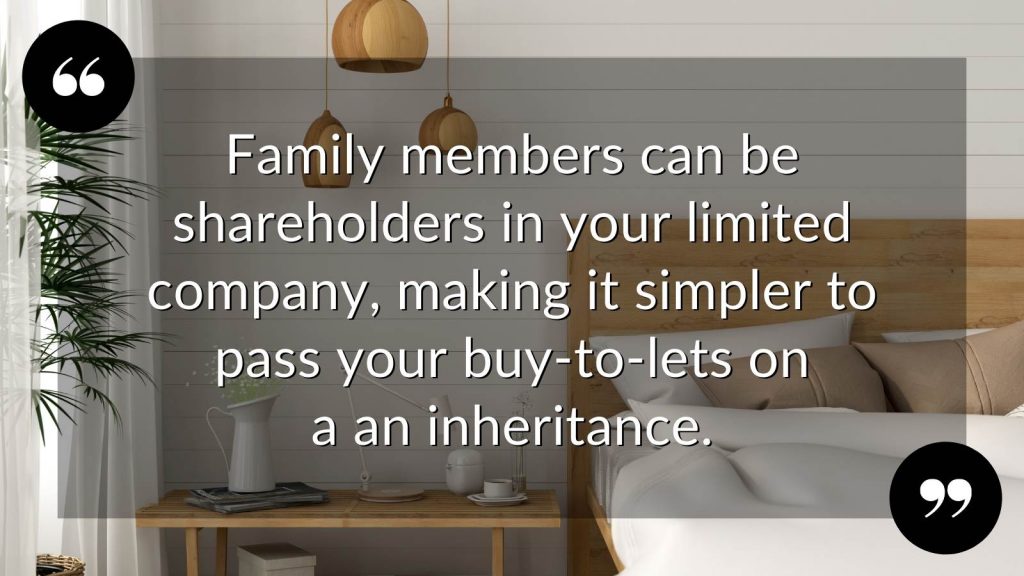
The way you own your investment properties can have profound effects on the amount of tax paid by your beneficiaries. If you intend to keep your buy-to-lets as a business to pass on to your children or anyone who isn’t your husband, wife or civil partner, owning them as a limited company can have a real advantage.
Inheritance tax is currently 40% and is payable on anything over the tax-free threshold of £325,000 (this rises to £500,000 for passing into your children or grandchildren, and for estates worth over £2,000,000.
But with a limited company, you could choose to make it a real family enterprise by making your beneficiaries shareholders whose controlling interest grows over time. And if more than 50% of your business includes buying land to build rental homes on (the build-to-rent sector is most definitely worth exploring), the company may also be eligible for Business Property Relief. This can reduce Inheritance Tax on qualifying assets by 50%.
Tax is a supremely complicated area and what’s right for one person or company isn’t necessarily right for another, so we recommend speaking to a tax adviser about your own situation.
Final words
For portfolios larger than two properties, owning them as a limited company can be an excellent long-term holding solution. With significant tax advantages during your ownership and for inheritance planning, there’s plenty to consider if you’d written off buy-to-let as no longer worth it.
We’d love to help you start, grow and manage a successful buy-to-let business. So if you’re a landlord and you’re looking to begin or expand your lettings portfolio in Hindhead, Haslemere or Liphook, call us on 0333 0880 264 or send us a message at lettings@kelwaylaw.co.uk to talk about your ideas, plans and the future.
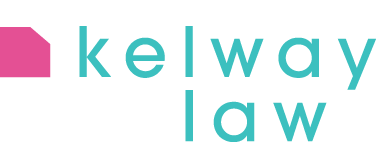


No Comments